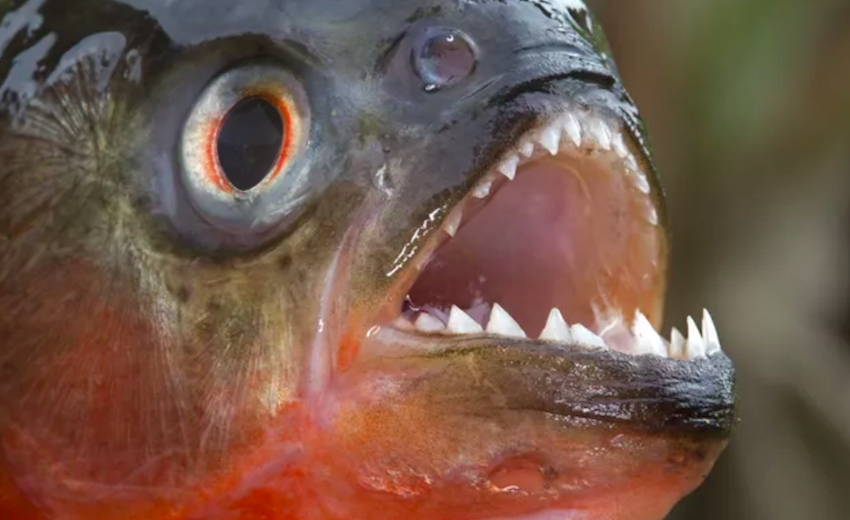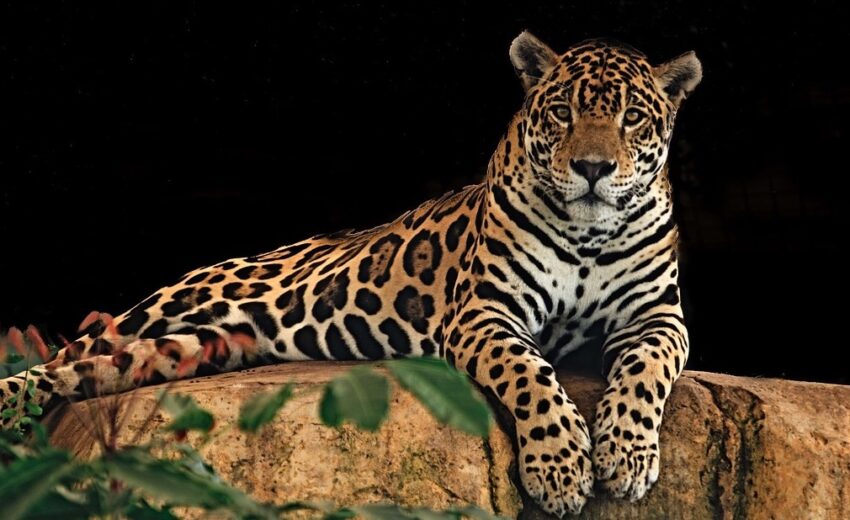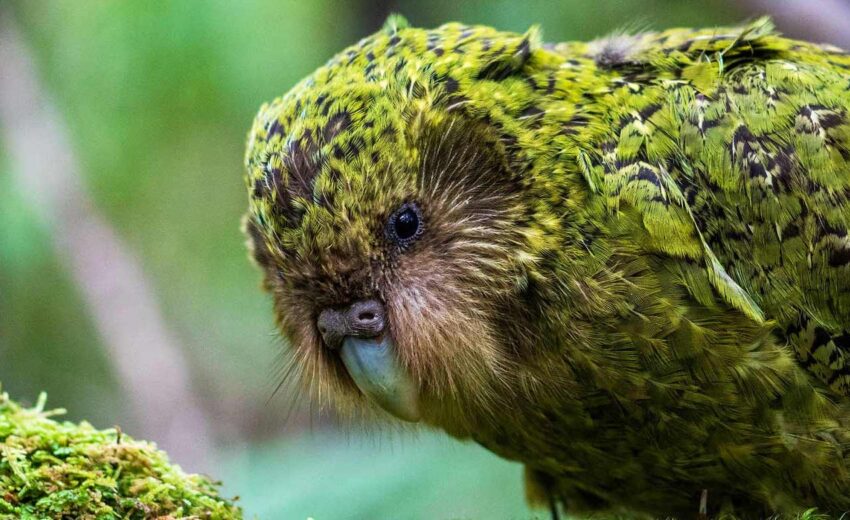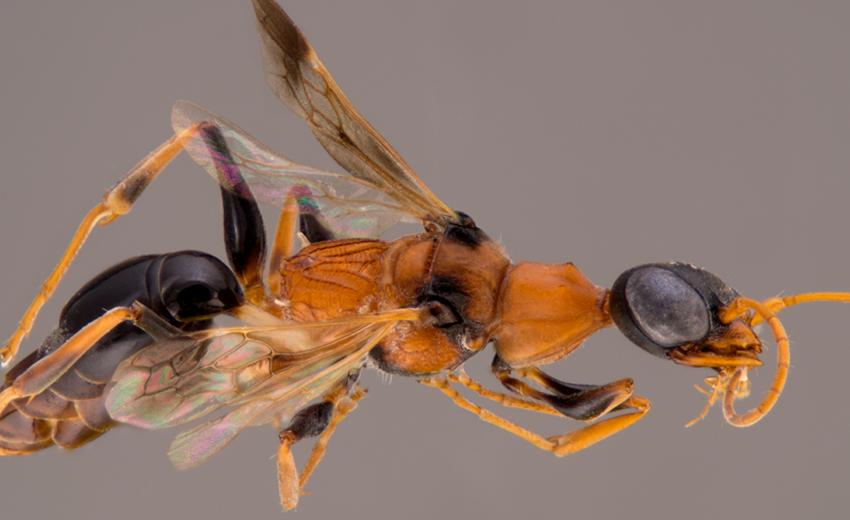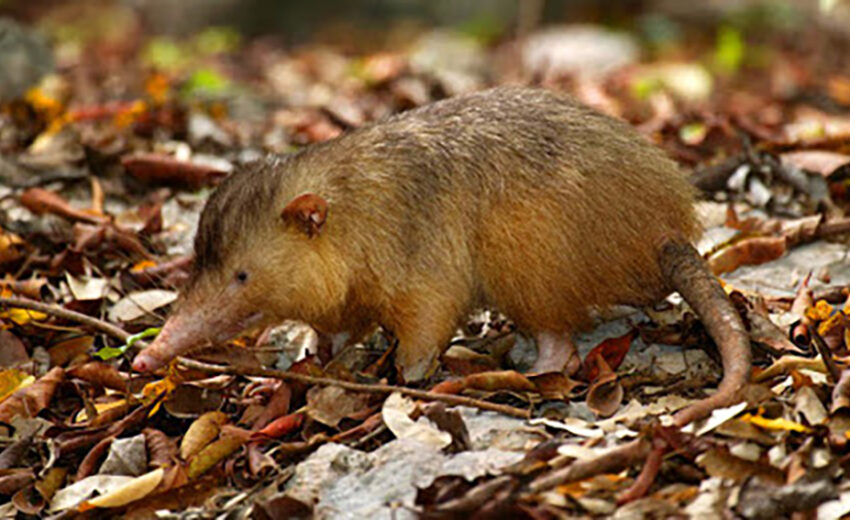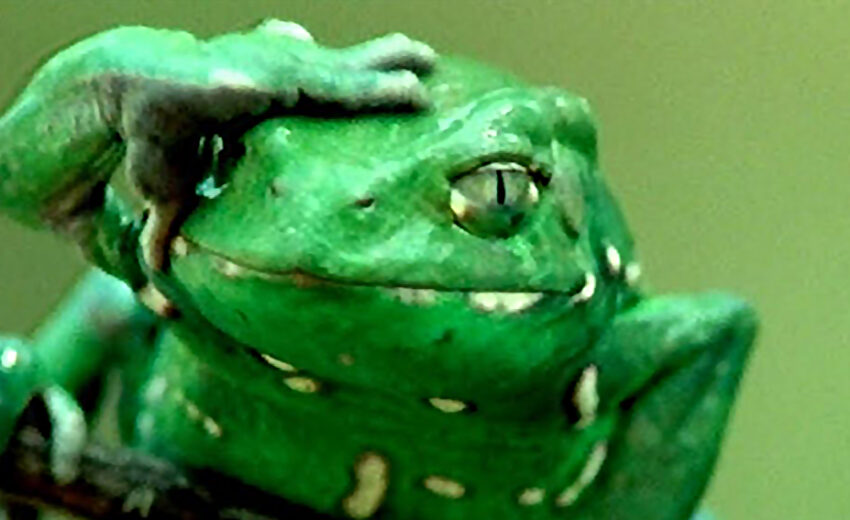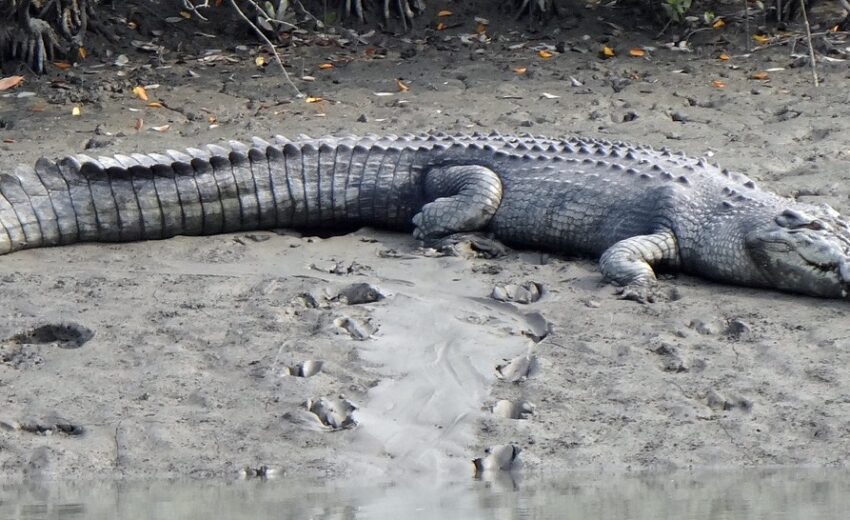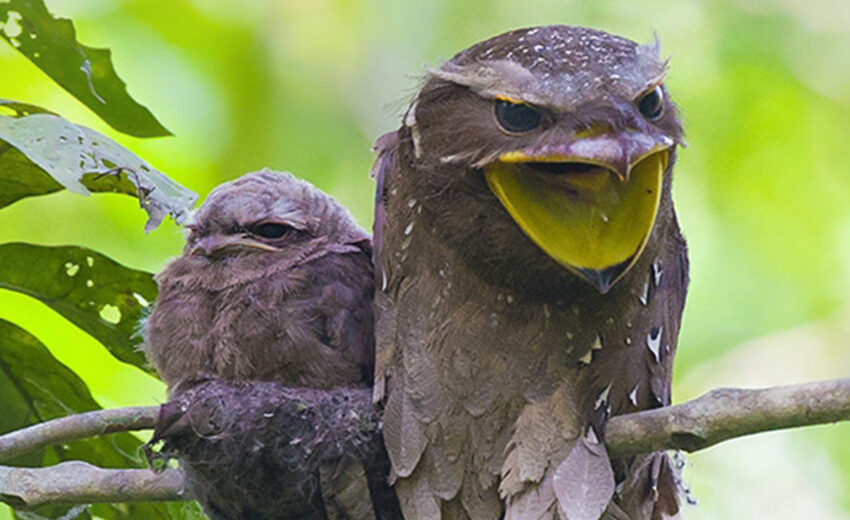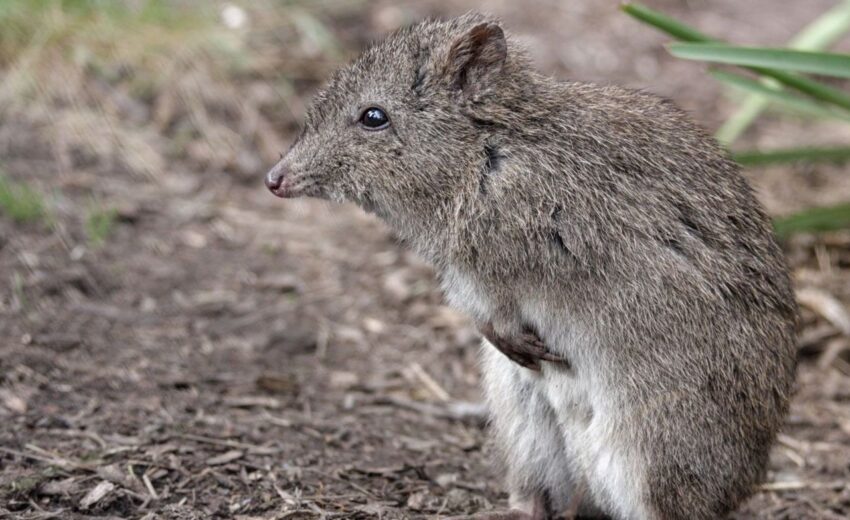The coatis, aka coatimundis, are relatives of the raccoon that live from Arizona and areas of southern New Mexico in the U.S., through Mexico (except the Baja peninsula and central Sierra Madres) and into
- Zoology
- Daily Critter Facts
- For Teachers
- Study Guides
- Diseases & Parasites
- Contact



